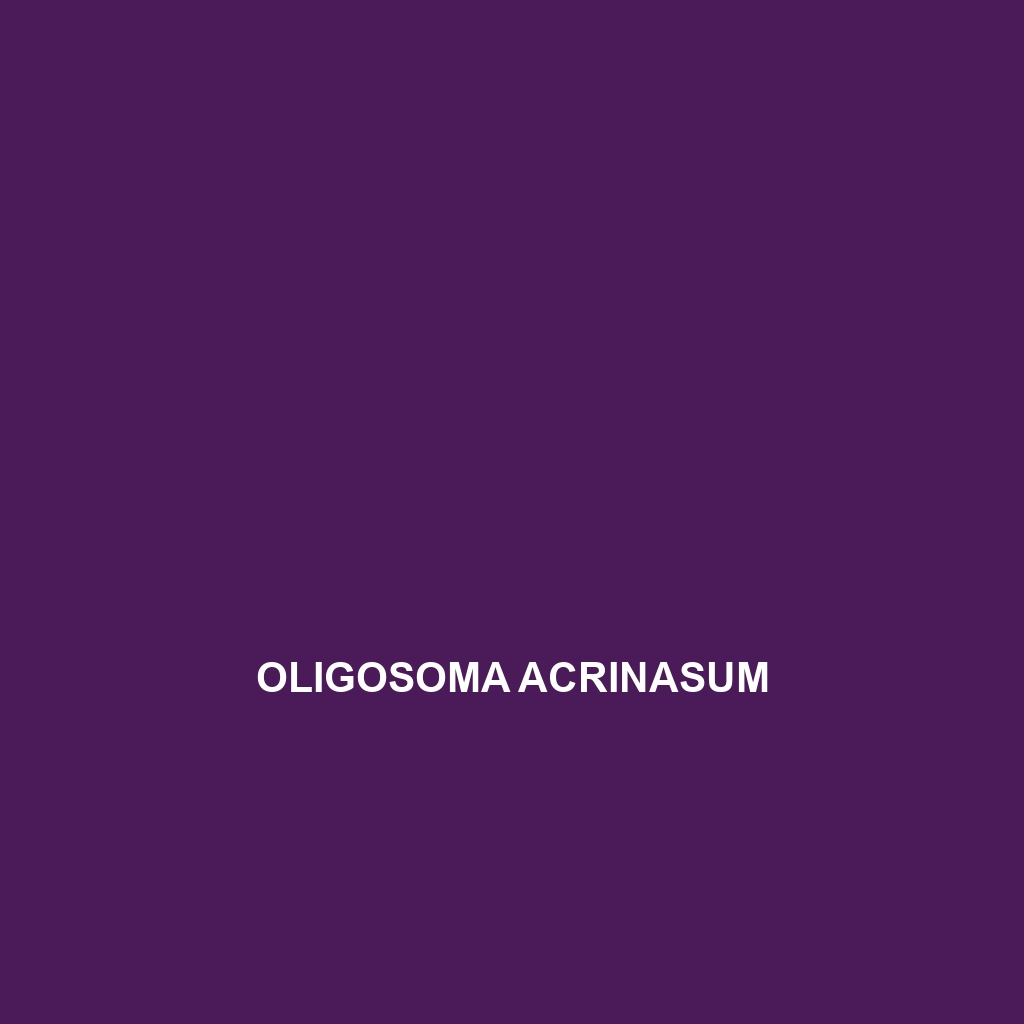<p><b>Oligosoma tekakahu</b>, also known as the Tekakahu skink, thrives in New Zealand's temperate forests and grasslands, featuring a slender body measuring 15 to 25 cm and vibrant coloration for camouflage. This diurnal, insectivorous species plays a vital role in its ecosystem by controlling insect populations and serves as a food source for larger predators, but is currently classified as 'Vulnerable' due to habitat loss and invasive species threats.</p>
Tag: New Zealand lizard
Oligosoma robinsoni
Discover the Robinson's Skink (Oligosoma robinsoni), a small, vibrant lizard native to New Zealand's temperate and rainforest habitats, known for its unique ability to regenerate its tail and its crucial role in controlling insect populations. This nocturnal insectivore showcases a striking green or brown coloration with smooth scales, making it a master of camouflage in its rich ecological environment.
Oligosoma alani
Introducing the Oligosoma alani, a vulnerable New Zealand lizard known for its striking golden-brown coloration and nocturnal behavior. Measuring 12 to 15 cm, it thrives in temperate forests and rainforests, playing a vital role in preying on insects and contributing to ecological balance.
Oligosoma aeneum
Discover the Oligosoma aeneum, or copper skink, a captivating lizard native to New Zealand's diverse habitats. With its glossy copper-like coloration, agile behavior, and diet primarily consisting of insects, this adaptable species plays a crucial role in maintaining ecological balance.
Oligosoma acrinasum
Discover the unique <b>Oligosoma acrinasum</b>, a slender lizard native to New Zealand's temperate forests and coastal regions, known for its rich coloration, prehensile tail, and insectivorous diet. This adaptable species plays a crucial role in its ecosystem, controlling insect populations while serving as a vital food source for larger predators.
Hoplodactylus tohu
Hoplodactylus tohu, a medium-sized lizard from New Zealand's temperate rainforests, is known for its vibrant coloration, prehensile tail, and nocturnal behavior. As an insectivore, it plays a crucial role in regulating insect populations, while its vulnerable status highlights the importance of ongoing conservation efforts.





